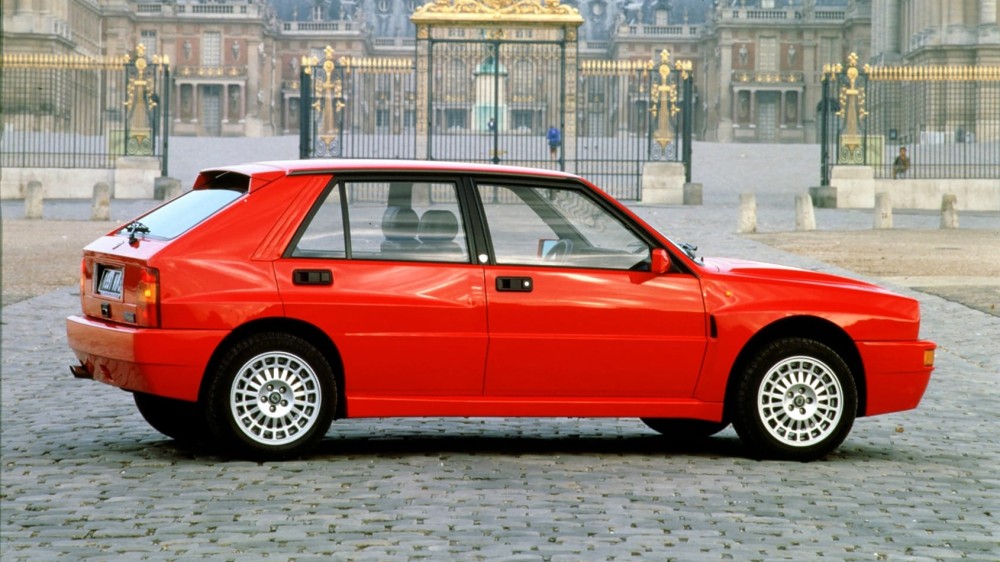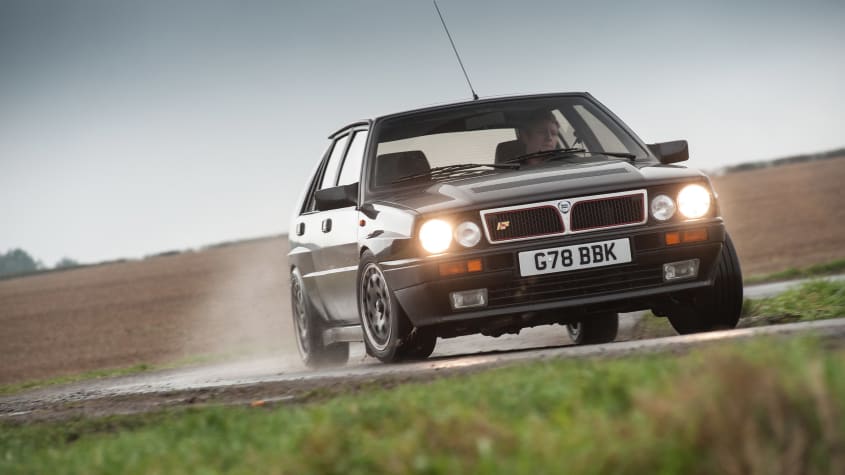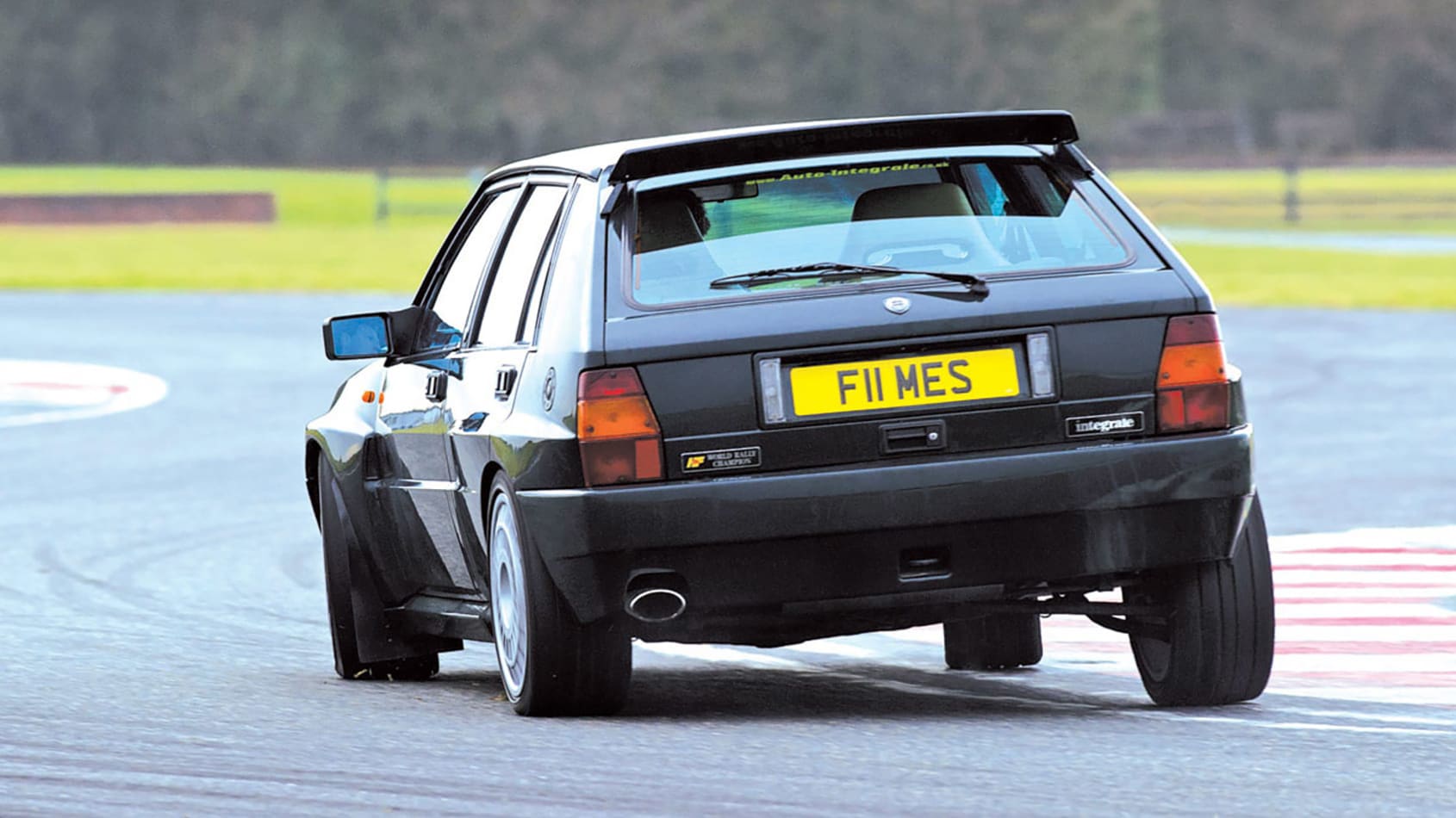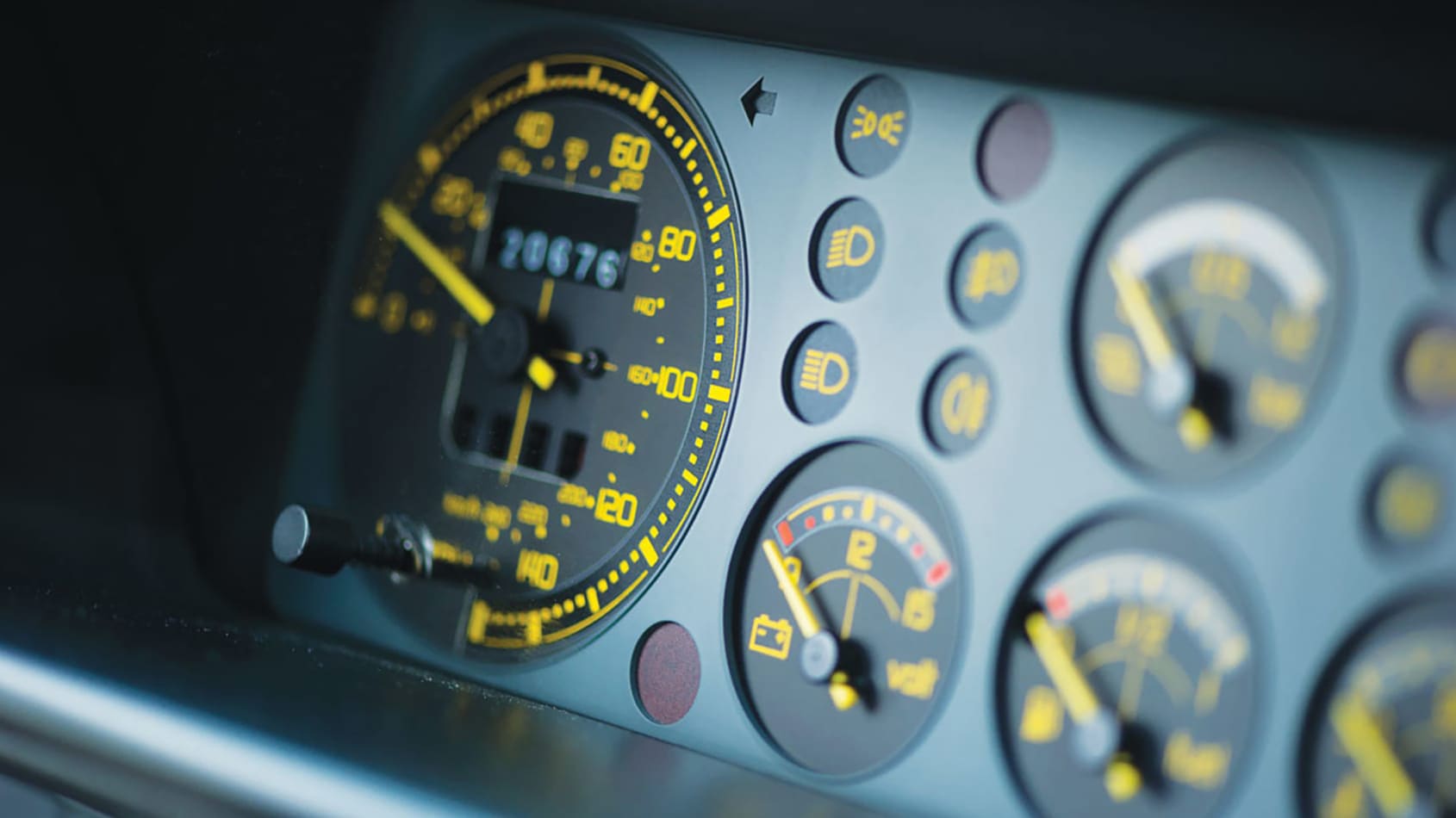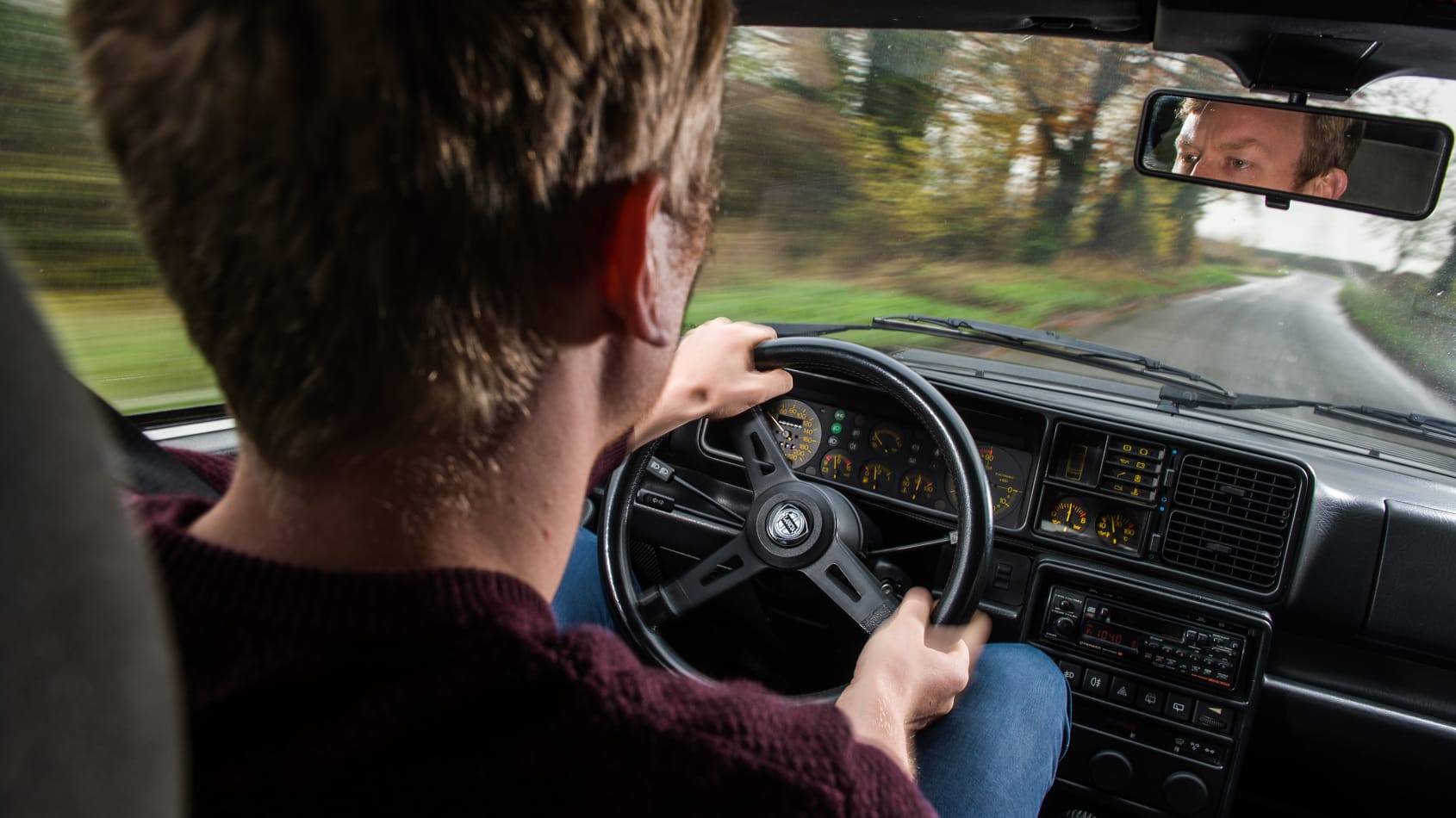This website uses cookies in order to enhance the overall user experience.
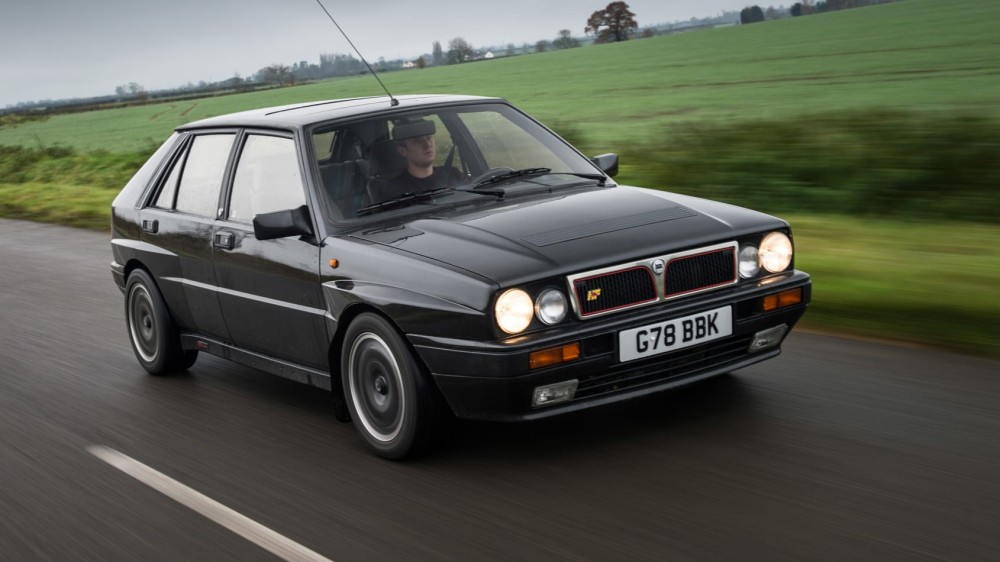
Although rally cars in the historic Group B were the wildest powerhouses, it was Group A that led to many of the best cars for the road. Of all the Group A rally cars, many argue that the Lancia Delta Integrale is still the greatest icon of them all. Although the idiom states that stage success and road success aren’t one and the same, the Delta Integrale represents the exception that establishes the rule. With 6 Constructors’ Championships, 4 drivers’ crowns (equally split between Miki Biasion and Juha Kankkunen), and 46 WRC victories under its belt, the Integrale’s stage success in undebatable.
Although we’re now more than 3 decades past the moment when the first Delta HF Integrale 8v was produced, it still holds its own among many performance powerhouses of today. Of course it cannot accelerate from a corner like current performance machines, but it’s 4-wheel drivetrain enables it to take a serious speed into corners and holding on to it all the way through. In this, it’s not just the Delta Integrale’s capacity to beat dire weather and road conditions that makes it such a loved model, it’s also the agility and neutral balance of the chassis, the direct handling feeling, and the beautiful music produced by the turbocharger when it fires up the twin-cam 2.0-liter V4 engine. In sum, the tough-looking Integrale exudes a powerful personality that it’s able to match with performance – one of the primary reasons why it retains its value so well.
The Delta through the years
It’s those pronounced wheel arches – also featured in the Audi Quattro and the BMW E30 M3 – that immediately give you a clue about how much performance modification the Integrale has gone through. Lancia’s first release of the Delta was a 5-door hatchback in 1979, but over the course of time it was upgraded and perfected many times.
The first significant improvement was the 1.6-liter turbocharged Delta HF launched in 1983, which then led to the first 4-wheel drive Delta, the 1986 HF Turbo 4WD that introduced a 2.0-liter engine to the series. This car came in the same year as Group B was disbanded, so Group A’s production demand of 5.000 model examples provided the perfect opportunity to promote Lancia’s new release. The Delta HF Turbo 4WD had 9/13 victories and collected not just various constructors’ but also drivers’ titles.
Yet, Lancia couldn’t rely on this model forever, so when the competition became increasingly fierce, it modified its concept another time and came out with the Delta HF Integrale 8v. This model was powered by a 2.0-liter engine with 224pound-feet of torque and 182bhp, and had revised dampers, front struts, and springs. Moreover, all the brakes, wheels and tires were increased in size, which led to the characteristic blistered wheel arches in the Integrale’s design. Then, 1989 marked the year where Lancia launched its first 197bhp generating 16valve engine, which elevated the hood of the Delta HF Integrale 16v in order to give the engine the space that these extra valves demanded.
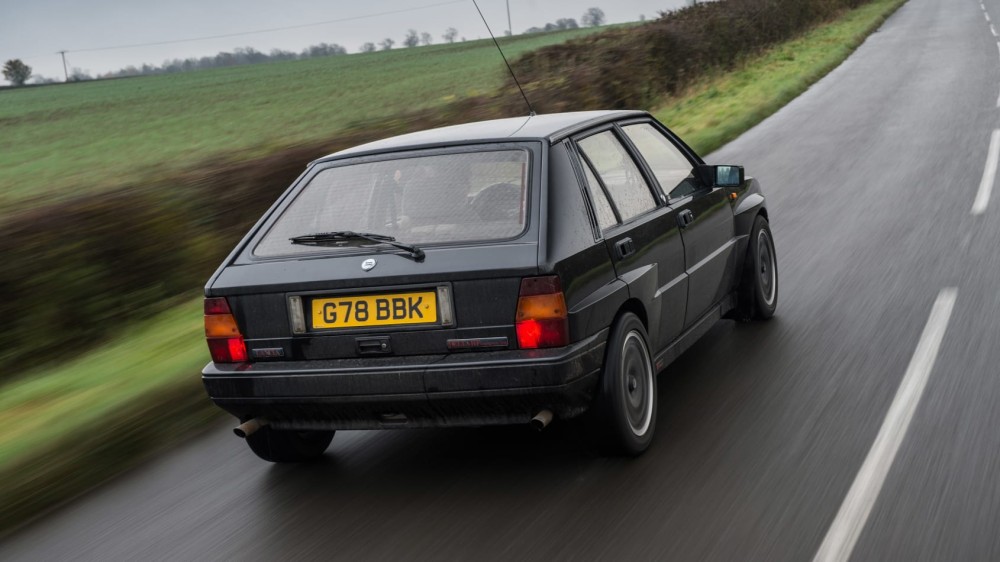
However, the best was saved for last by Lancia, which came in the form of the 1991 Evoluzione (Evo). With 207bhp being generated without any significant engine alterations, it was really the suspension alterations that gave the Evo its competitive advantage. In addition, the Evo had elevated front strut towers and box section track control arms, while both tracks were broadened, which led to bigger 16” Speedline Alloys and even more pronounced wheel arch blisters. Finally, the tailgate spoiler could be adjusted at will, and the bumpers in the front and the back were strengthened and broadened in order to match the drawn-out curves. Finally, the Evo II didn’t change much except for a bit of engine tuning and a catalytic converter, with the final specifications coming down to 212bhp and 232lb-ft of torque. This enabled the Evo II to do 0-100km/h in 5.7 seconds and reaching a top speed of 220km/h!
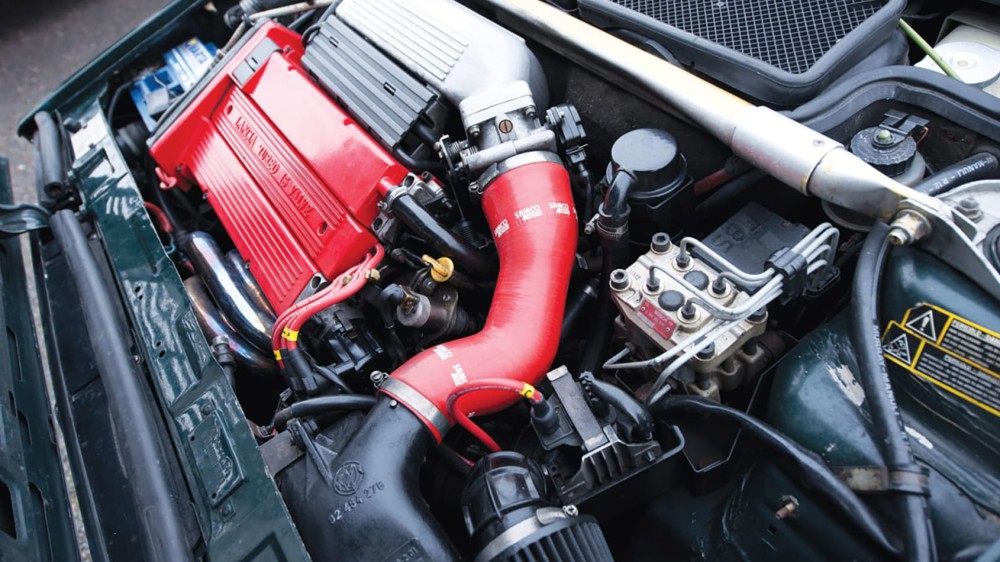
The interior evolution
The Delta’s interior has had various changes and amendments as well. Various leather, cloth, and Alcantara mixtures were used to veneer to sports seats – with Recaros being optional but standard for most Evo cars. The characteristic Italian style position of the driver, however, has remained the same overtime, although the almost hanging feeling instead of being grounded to the car’s floor didn’t suit everyone. The Delta’s dashboard has retained the classic ‘80s look, with both the needles and the script being distinctly yellow.
When the Integrale’s production ended in 1994, about 45.000 examples were made by Lancia. This demonstrates Group A’s increasing popularity over time, for if it hadn’t been there, the HF Turbo could have easily remained the greatest Delta model. However, Lancia never stopped improving their Delta model, which is reflected in the tweaking of the 4-wheel drive bias overtime in order to optimize the near-perfect traction and handling that characterized even the early Deltas already. These days, getting your hands on this successful rally and road car costs you about €55.000 for a decent Evoluzione, while the 16v special editions start at a good €20.000 but can reach up to €35.000.
